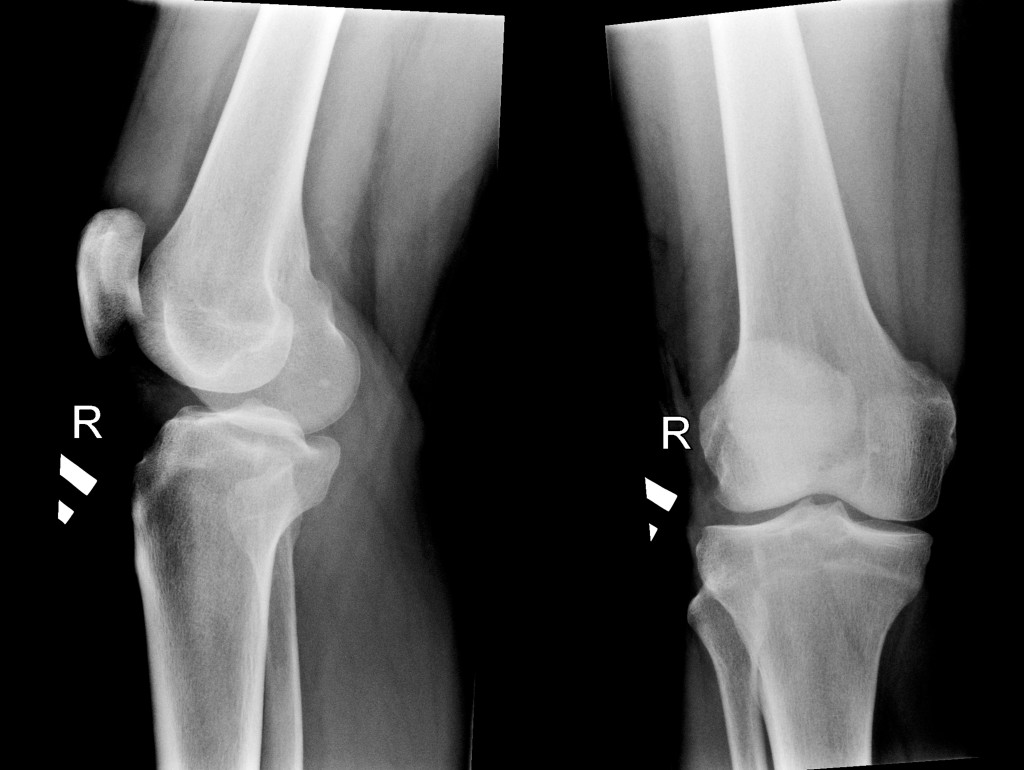Anterior cruciate ligament attachments are at the central end of the thigh bone (femur) and the central top of the main leg bone (tibia). Ligaments connect bones and provide joint stability. The ACL is one of the main stabilizers of the knee joint. The knee joint motion is primarily a hinge joint. The “hinge” allows for bending and straightening the leg relative to the thigh. There are additional planes of motion in the knee joint. The knee joint also has rotation as well as gliding motions. The ACL is primarily responsible for controlling rotation and gliding of the knee joint.
Injuries to the ACL are typically labeled as contact or noncontact. The noncontact mechanism is most common and usually involves a twisting or landing event.
About 70% of patients who sustain an ACL tear feel and/or hear a pop. Most patients will experience swelling during the first 24 hours after an injury. Females are at higher risk than males. The reasons for this gender difference are not completely known but multiple factors are in play.
Treatment for ACL tears depend on age of the patient, activity level, and the presence of other injuries about the knee.
It is not uncommon for patients to feel like their knee “healed itself” within 2-3 weeks after an ACL tear. This is best explained by the fact that the ACL is not significantly involved in knee stability for day-to-day activities. Standing or walking on flat surfaces requires little contribution from the ACL. Patients will often report returning to sports after a period of knee rest, only to have the knee give way during a fairly simple twisting or pivoting motion. While these secondary events likely don’t cause more ACL damage (damage has already occurred), damage to other structures is a concern.
In summary, the ACL is very important for stabilizing the active knee. If you experience a pop during a twisting or landing event, or as a result of a blow to the knee, an ACL tear should be considered. Fairly rapid onset of knee swelling following an event is also cause for concern. Although emergent treatment for an ACL injury is not usually required, return to sports prior to an evaluation may lead to further damage to other structures in the knee.
With future blogs, I will address different treatment options for ACL injuries.




